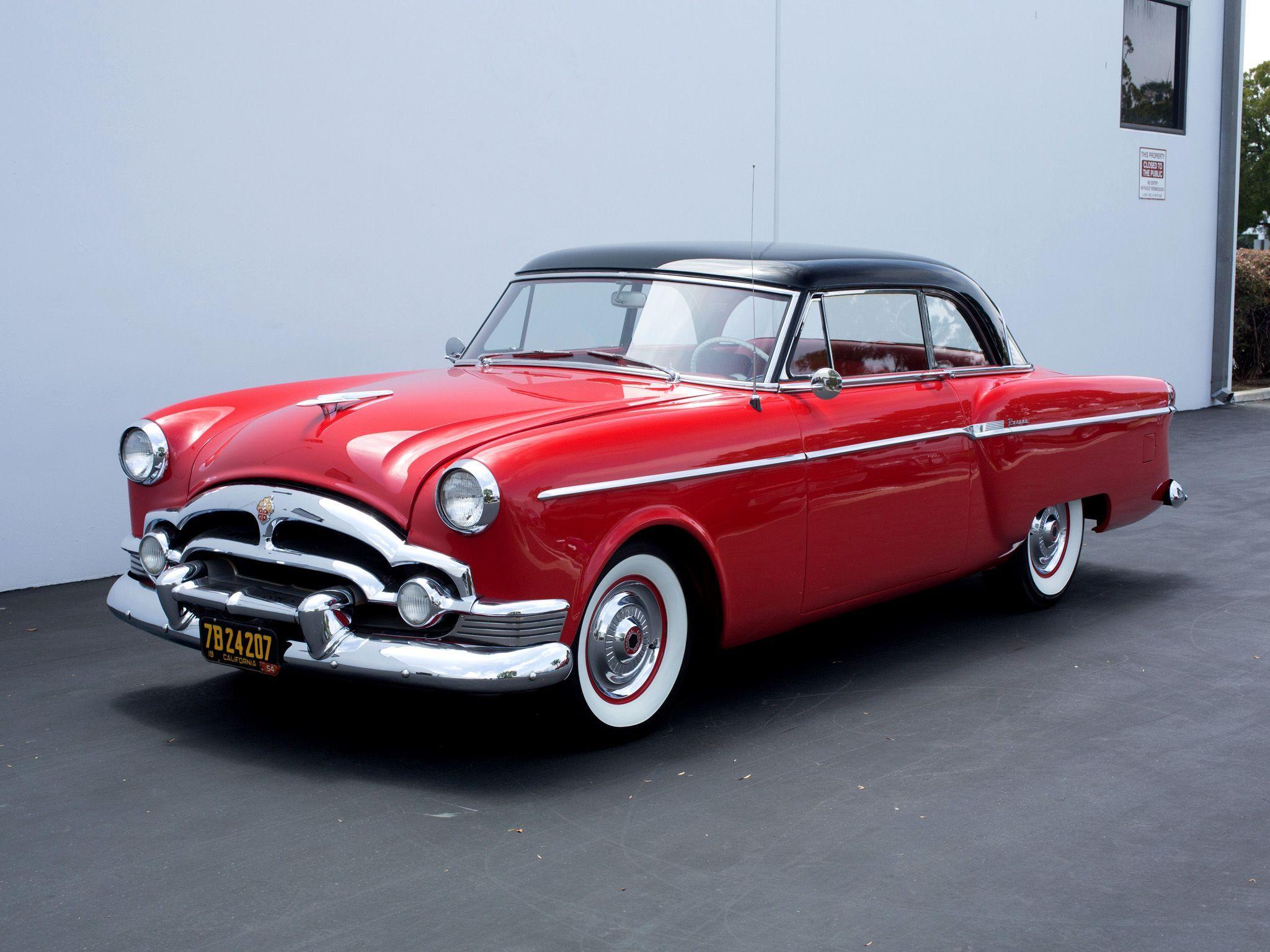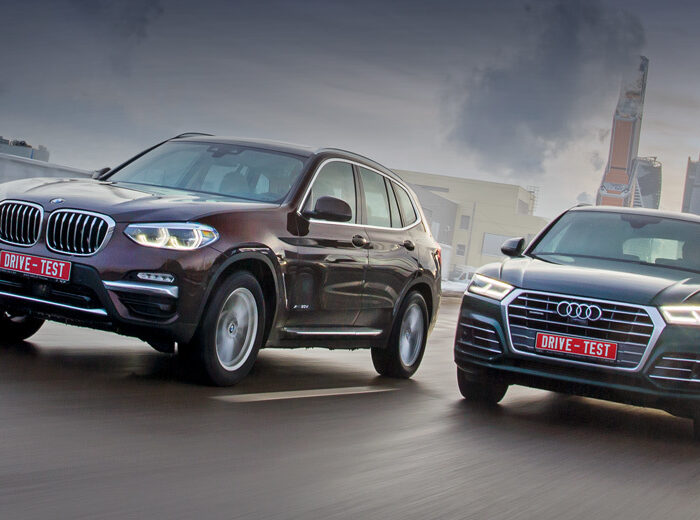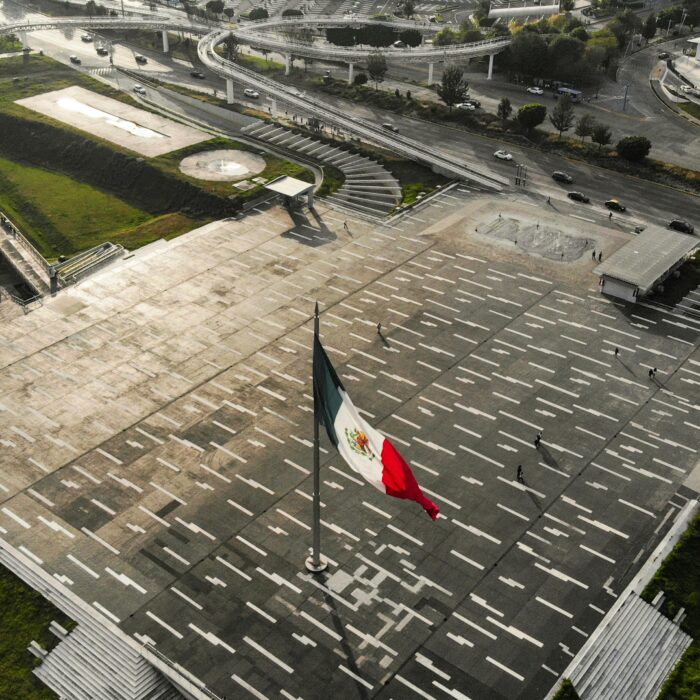Packard
The amazing automobile creation that represented the American dream, symbolizing luxury, prestige and success, was not just a car. Packard was a legend, though not for as long as some car brands. But for less than six decades, Packard has entered the history of automobile brands, and has taken its rightful place in it.
Birth of the legend
Uniqueness and exclusivity – these qualities accompanied the release of the brand’s car, starting from the very first ones. Packard was a car for the powers-that-be, who had the most unlimited resource – power. Presidents came to their inaugurations in Packard cars, it was Packards that were honored by the attention of Roosevelt, Stalin, and others during the period when they served as state leaders.
It all started in the late 19th century in the city of Warren, located in the US state of Ohio. A resident of the city, James Ward Packard, a certified engineer, was known as a man of wealth, talent, and courage. Back in 1890, he founded the Packard Electric Company. He acquired the dream of creating his own car after buying a Winton car in nearby Cleveland. This happened in 1898, on August 13, and the serial number of the car was 13. As a result, the Winton broke down 19 times during the 130 km travel from Cleveland to Warren. This could not but cause Packard to want to improve the car, especially after he received a response from Alexander Winton, the manufacturer of Winton, to his claims about the quality of the car. Winton wrote that Packard could hardly create a car at all, and if he could, it would be no better than Winton. Needless to say, how this hurt Packard’s pride.
A little over a year later, the New York and Ohio Company, which produced incandescent lamps and transformers, released a 9-horsepower car model with a front-mounted motor, with a tilted steering tube and pneumatic tires. This was the Model A, and the date of the automobile brand’s birth was November 6, 1899. Three Model A cars (there were five in total) were exhibited at the 1900 New York Motor Show, and two of them were purchased by Winton’s owner, William Rockefeller.
A year later, there was already the production Model B, which embodied an ignition timing device and an H-shaped guide for the gear shift lever (it was patented), invented by Packard. 49 copies of the Model B cars were sold. The Model C already had the usual steering wheel, the engine was increased in volume to three liters, and the power – to 12 hp. In 1902, the Model F (Old Pacific) was produced in the volume of one car per day, to which the Model G was added in the summer of the same year. The latter had a two-cylinder engine with a volume of 6 liters and a capacity of 24 horsepower. The frame of this car was made of pressed steel sheets, it was the only Packard model with two cylinders.

In September 1900, with the participation of brothers James and William Packard and other businessmen, the Ohio Automobile Company was organized specifically for the production of cars, which in October 1902 was renamed the Packard Motor Car Company. It was decided to choose the city of Detroit for the headquarters of the automobile company, where the company relocated in 1903. Things went well in the Packard car company, cars were sold at a price of $2 thousand to $7 thousand (for wealthy gentlemen), production expanded, and James soon became Chairman of the Board of Directors. However, the owner of the company was a millionaire and railroad magnate Henry Bourne Joy, who back in 1901 bought two Packard cars and was surprised by their high quality. The chief engineer was a Frenchman, Charles Schmidt. James Packard remained President of the firm until 1909.

The first years of production. Change of leader
In 1909, Alvan Macauley joined Packard as Chief Manager, and in turn invited Jesse Vincent to become Chief Designer. Henry Bourne Joy became the head of the Packard Motor Company. The brand was considered one of the automobile pillars of America. Passenger cars of the company Packard began to be successfully sold throughout the country. But the management paid attention to the truck segment of automobile production and decided to produce trucks as well. So in 1905, a car with a carrying capacity of one and a half tons appeared, three years later a three-ton model was released. It was in such a truck that it was possible to travel the distance from New York to San Francisco in 46 days, which for that time (1911) was an excellent result.
In 1914, the cars of the Packard brand received a left-hand steering wheel, electric starter and lighting, and two dozen body types could be ordered. The buyer paid for the car after receiving it (and not on a prepaid basis, as most other car manufacturers did).
In 1915, the company Packard created the world’s first production Twin-Six with 12 cylinders. It is said that this design had an effect even on young Enzo Ferrari. James Packard became disillusioned with automobile manufacturing and left his creation in 1903, moving to a company that produced electrical equipment, and began collecting expensive watches.
In 1916, Henry Joy joined the US aviation, where he rose to the rank of Lieutenant Colonel. Alvan Macauley was elected President of the company, since 1928 also elected as Chairman of the American Automobile Manufacturers Association (AAMA), the parent organization that coordinated the activities of all American automobile manufacturers. It is Macauley who was responsible for the Packard marketing slogan, “Ask the Man Who Owns One”. Alvan Macauley began to expand the territory of the plant and the range of engines, producing engines for land transport, aviation and marine transport.

The rise of Packard
Starting in 1915 and the next thirty years, the Packard Motor Company held leading positions in the American and global luxury car market, making up the elite of the American automobile industry. In the 1920s, car sales were constantly growing, and the company broke one record for profit after another. In 1926, about 34 thousand cars were produced and sold against 27,500 cars of the Cadillac brand, which was the closest competitor. At the end of 1928, the Packard Motor Company brought $21,889,000 profit. The car was successfully exported outside the United States.
From England to the cars of the company Packard moved everyone’s favorite at that time mascots. The symbol of the car was a swan, whose statuette was constantly undergoing transformation. In the 30s, the swan was briefly replaced by flying Hermes, but then it was abandoned.
The Twin-Six model continued its triumphant march on the world’s highways. It surpassed the popularity of Cadillac and Lincoln. Henry Bourne Joy also became interested in racing models and invited Charles Smith, an engineer from France. He met expectations, and racing Packards began to take prizes in competitions and the Vanderbilt Cup races. This was a good help in the Packard promotions.
But Packard surpassed itself in the market of exclusive cars. The company’s clients were Arab sheikhs, Kremlin leaders, and officials of the United States presidential administration. Much of the success was due to the presence of a design department, which was successfully headed by a former Kiev engineer, and now an outstanding American designer Alexey Sakhnovsky. In those years, such outstanding models of the company as the Packard Eight, the Packard Phantom, the Packard Twelve were created. The latter was presented to Joseph Stalin by US President Franklin Roosevelt in 1935. In addition to the fact that this car was well armored, it was equipped with a seven-seat body.
It was during the production of expensive premium cars that the company “accumulated fat”, which allowed it to survive the Great Depression and stay afloat. The American auto industry had a very hard time in the early 30s, and luxury expensive cars almost didn’t sell out. Therefore, the management of the carmaker decided to allocate resources correctly and began to produce the Packard 120 budget model, which was equipped with hydraulic brakes and independent front suspension. This model, along with the 115 and the 160 models, helped the company survive difficult times, while dozens of other car companies went bankrupt and sank into oblivion. When the Great Depression ended, the Packard Motor Company again began producing exclusive models that shone with a unique design.

Unfortunately, the inferior models (as they called budget cars) devalued the company’s image, significantly reducing its prestige.
Collapse
After World War II, the management of the automobile company decided to build a new engine plant, expanding production. Huge funds were invested there. The company received them when it produced engines for aircraft and torpedo boats during the war period (the Packard Motor Company had already had a similar experience during the First World War).
In addition, a deal with American Motors was planned, but it fell through. Demand for expensive luxury models in the post-war years declined sharply, and the company didn’t have forces and means to compete with the “Big Three”. By the early 1950s, the company was on the verge of bankruptcy, and urgent actions were required to save it. The company’s 51-year-old President, James Nance, took it upon himself to do it. His plan was as follows: it was necessary to create an automobile company that was not inferior in capacity to the above-mentioned American “Big Three”. Nance wanted to achieve this by merging four small independent manufacturers – Studebaker, Packard, Nash-Kelvinator, and Hudson, and create the fourth large automobile concern in the United States. However, this did not bring the desired improvement in business. The last available funds were spent on the purchase of Studebaker, which had forged accounting documents and hidden huge debts. Packard Motor was doomed, and bankruptcy was inevitable.
The last attempt to revive the company was made in 1956. Then there was a new generation of the Packard Clipper model. This car had advanced technology and a modern appearance, and it seemed to be able to give the company a breath of fresh air. At the same time, the car had serious problems with reliability, which put an end to its market prospects. This was the final nail in the coffin of Packard Motor.
The decision to stop production and close the company took place in 1959.

Until now, Packard cars are an unsurpassed brand of luxury retro automobiles, but they also need drivers who have documentary proof of the right to drive a car (better an international one). If you haven’t yet obtained a driver’s license of this level, we invite you to quickly and easily process the international driver’s license on our website. Regardless of the territory, Packard retro cars should be driven by professionals!






